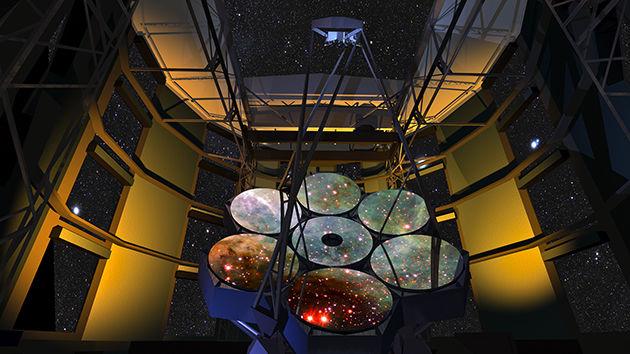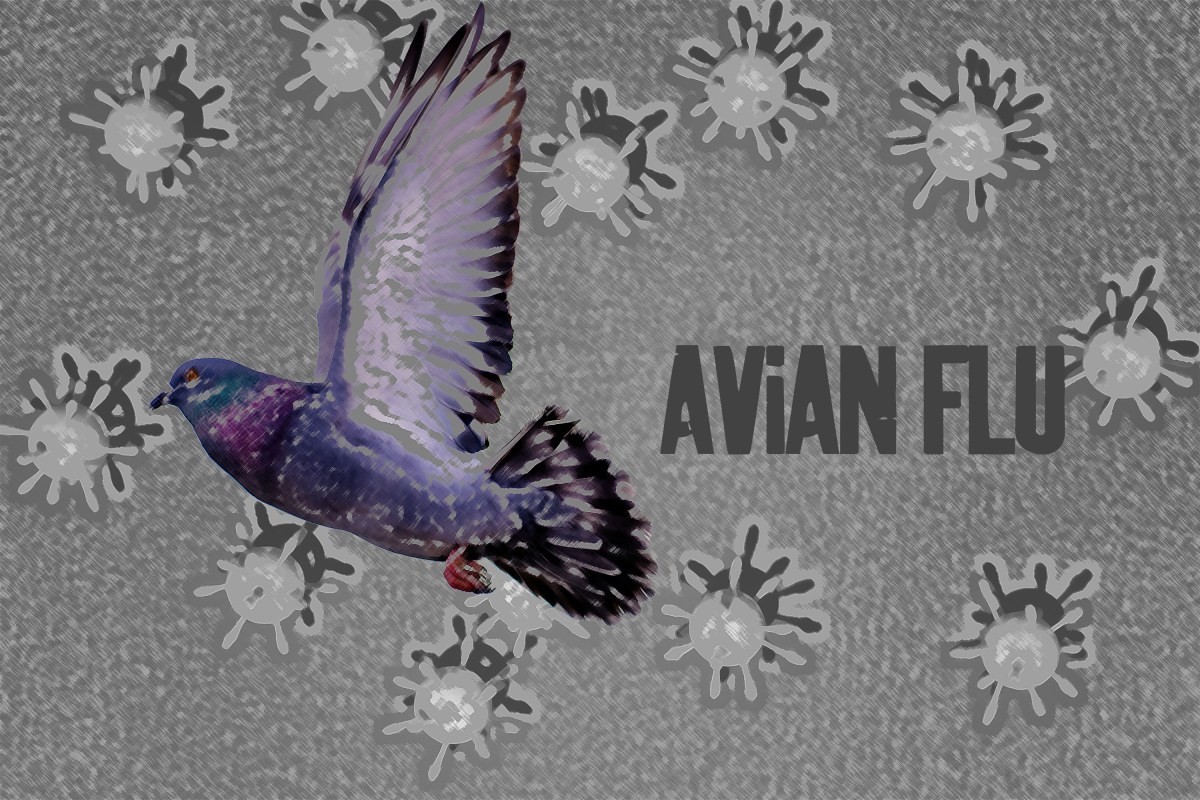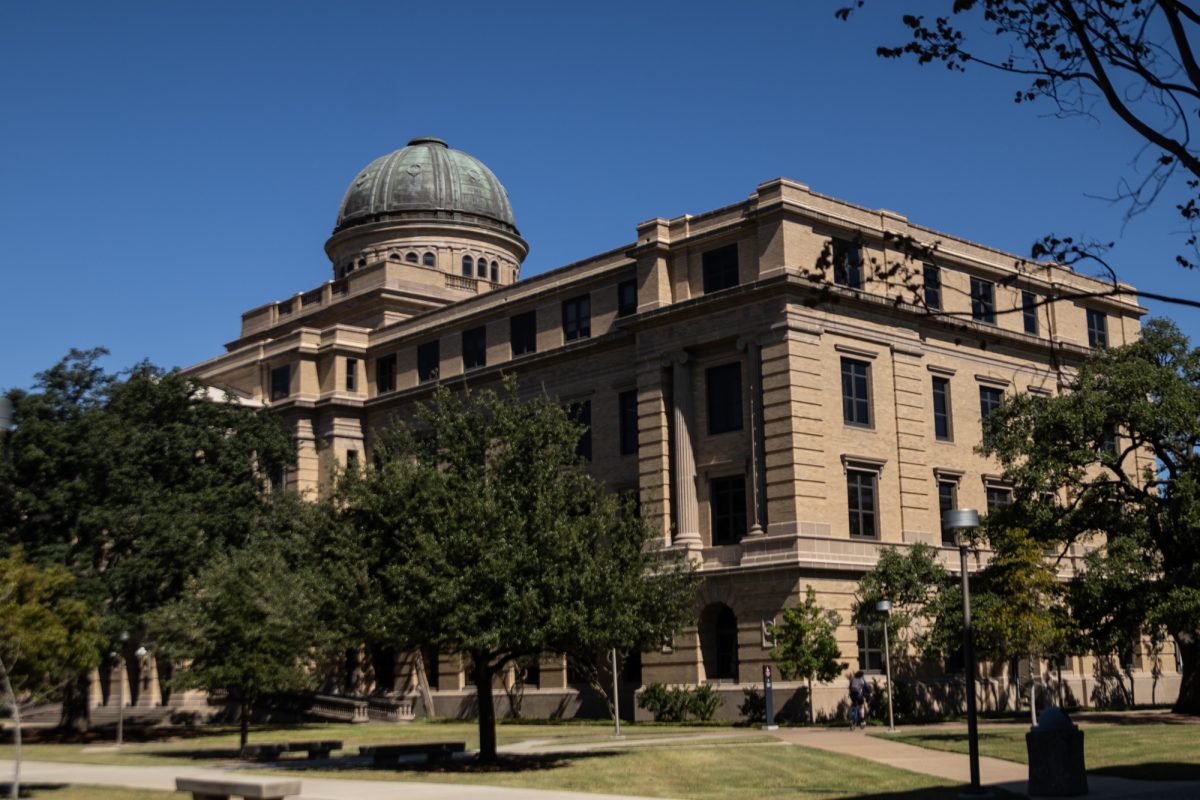An international team of astronomers led by Texas A&M experts investigate the mysteries of galaxy formation in the early universe.
Texas A&M astronomers Kim-Vy Tran, Casey Papovich and Ryan Quadri led an international, multi-institution team of experts in a National Science Foundation funded project called ZFOURGE to study the evolution of the early universe. The team used state of the art near-infrared imaging technology with sensitive filters at the Magellan Telescope (MT) in Chile to perform sky surveys from 2010 to 2012 to discover the physics of galaxy formation in the early universe.
Tran, associate professor in the Department of Physics and Astronomy, said the project aimed at pushing into a new frontier in astronomy by observing distant galaxies and utilizing the superior sensitivity and depth of the MT instruments to collect faint light from far away galaxies.
“The advantage was that the telescope has a very large collecting area so we could see very faint things,” Tran said. “Every time you go fainter you learn new things; and the other very important point is to go to longer wavelengths and it was critical for us to capitalize on that ability.”
Ryan Quadri, visiting professor and Mitchell Astronomy Fellow in the Department of Physics and Astronomy said this project was a natural succession to a pilot project conducted earlier with Ivo labbe who was then at Carnegie Observatory. Many of the techniques developed in the pilot project were employed to structure the sky surveys.
“They were installing this fantastic new infrared camera on this telescope, so it was a very obvious thing, so let’s do this project again, but do it way better,” Quadri said.
Ben Forrest, doctoral student in the Department of Physics and Astronomy said that he joined the team in his third year of graduate studies. Forrest utilized novel techniques for analyzing multi-wavelength observations and combined it with existing data from similar surveys.
“The idea of working on the data from this survey was very appealing,” Forrest said. “It is one of the deepest near infrared surveys and it really has some fantastic data which allows for some great projects for graduate students.”
The data collection itself was performed by an international team by taking turns at the telescope in Chile. An important logistical challenge was the weekly team meetings due members of the team being spread out across the world.
“Our team is way more cohesive than other similar collaborations,” Tran said. “The survey would not exist without graduate students and they have been exceptional about converting photons into science results that are published”
Quadri mentioned one of the very first results from processing the data and developing high quality images was realized in a team meeting. A cluster of galaxies was found from when the universe was just three billion years old, making this one of the earliest galaxy clusters ever found by astronomers. This resulted in the first publication from the project.
“If we did not have such high quality data, it would not have jumped out at us and we would not have noticed it,” Quadri said.
One of the goals of the project was to open source the data to the public which was achieved in August this year. This would also serve as an archive for future astronomers. The James Webb Space Telescope (JWST) is scheduled to succeed the Hubble Space Telescope in 2018 and is expected to expand on the science of this project.
Tran said that they are currently working on the next steps of the project — utilizing new filters to probe further into the infrared spectrum and hence let them peer into distant galaxies. The result would be to look at an even younger universe, and help them get close to the observational limit of the cosmic microwave background.
The ZFOURGE website allows the general public to look at galaxies billions of light years away and almost two thirds the way across the universe.
“It still boggles my mind how we can say anything about these things which are so tremendously huge but so tremendously far away, hence so tremendously faint,” Quadri said. “Even when I was just beginning as graduate student if you had told me we could do the things that we could do now, I would have said it is crazy.”










